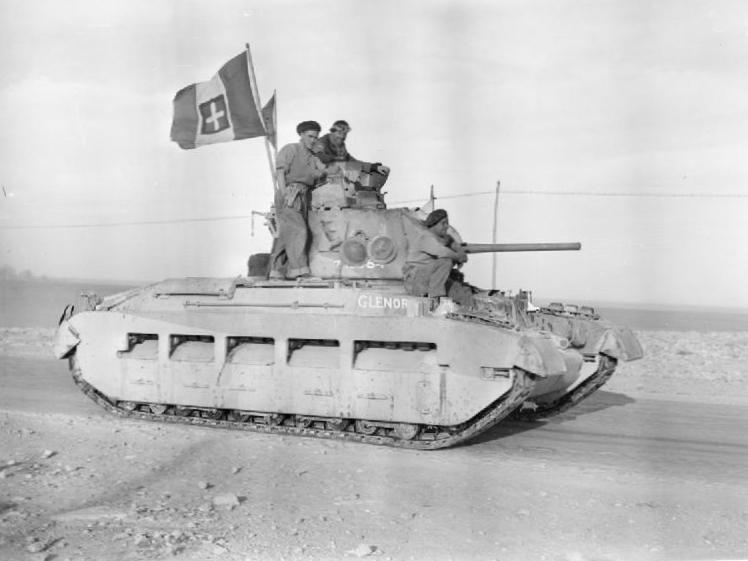For those interested in the minute details of how tank warfare was conducted during 1940 and 1941 in North Africa, Robert Forczyk has written an exhaustive work in his new “Desert Armour: Tank Warfare in North Africa: Beda Fomm to Operation Crusader, 1940–41.” Forczyk is not merely a military historian, but also served 18 years as an armor officer and intelligence officer in the U.S. Army, retiring as a lieutenant colonel. Forczyk pours a wealth of historical research and personal insight into his book.
The author takes the reader through numerous operations, including Compass, Battleaxe, and Crusader. Although the aforementioned are British operations, the author gives both Allied and Axis perspectives, which include the Italians, the Germans, and those of the British Commonwealth, like New Zealand and South Africa. Before presenting the launch of World War II hostilities in Europe and North Africa, however, Forczyk provides background on decisions in Europe’s national politics, geopolitical appeasements, and, most importantly, for this read, the armored warfare doctrines for each country.






